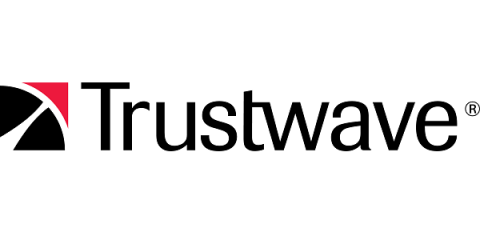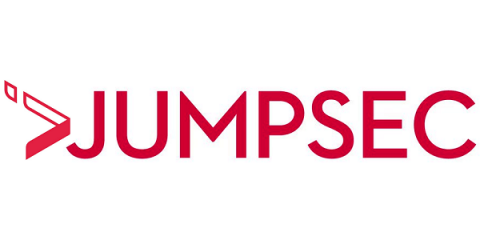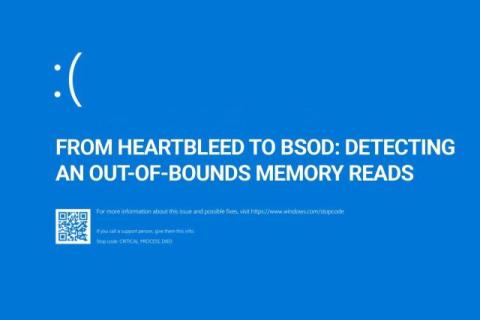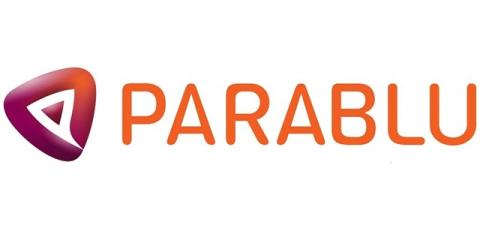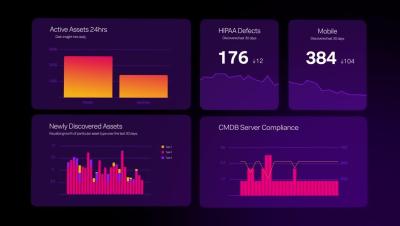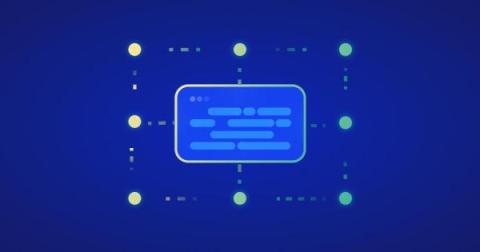What is Mandatory Access Control (MAC) and 7 Ways To Understand When You Need It
Every day, headlines scream about data breaches and cyberattacks. Could your organization be next? If you’re not using Mandatory Access Control (MAC), you’re leaving your sensitive information vulnerable to unauthorized access. The fear is real – 52% of data breaches expose customer information, wreaking havoc on reputations and bottom lines. But what if you could drastically reduce this risk?




